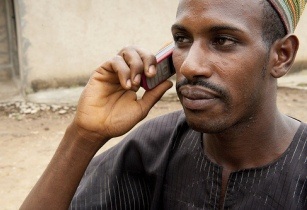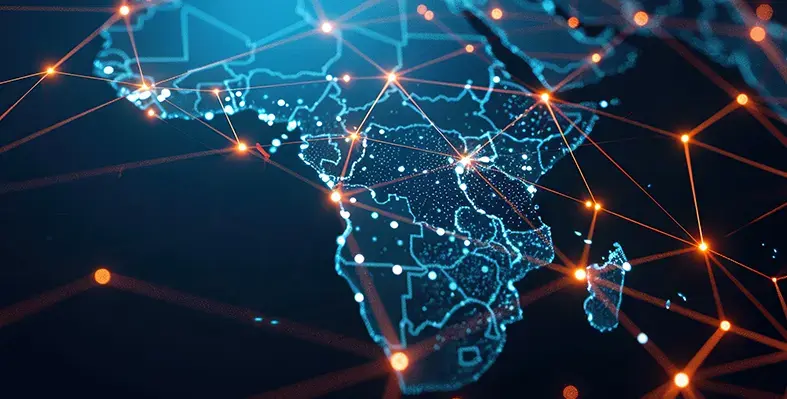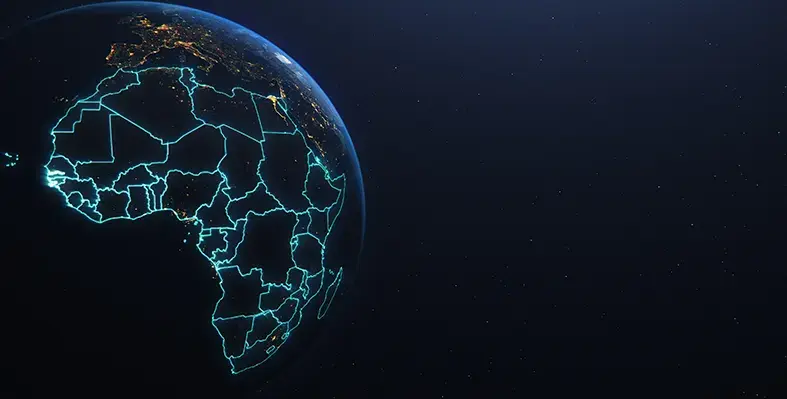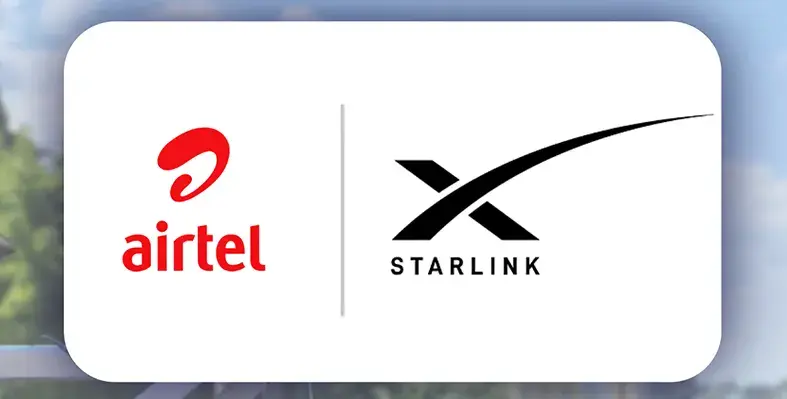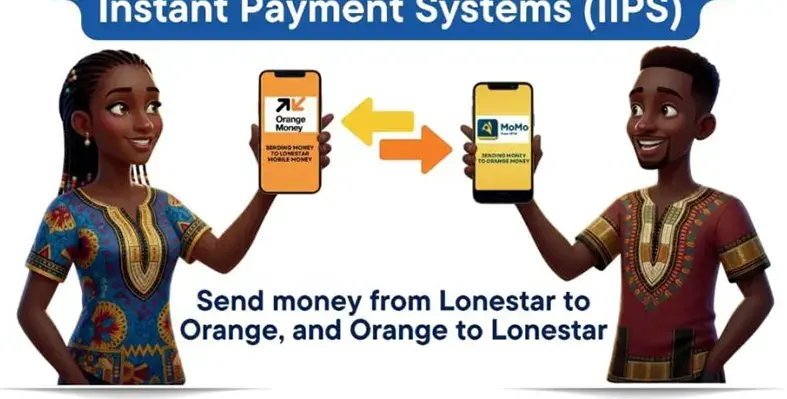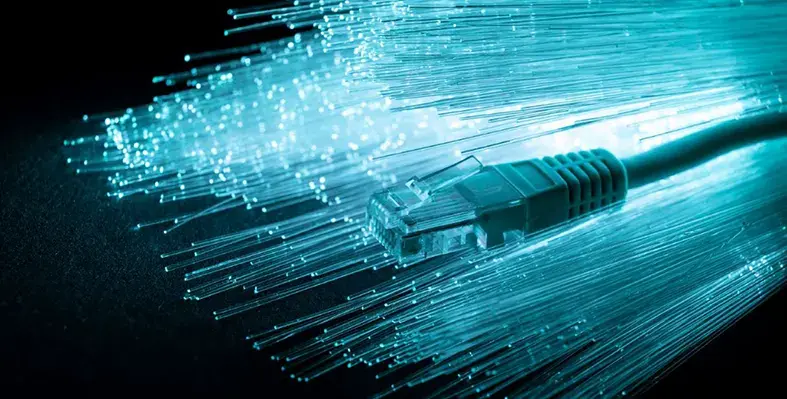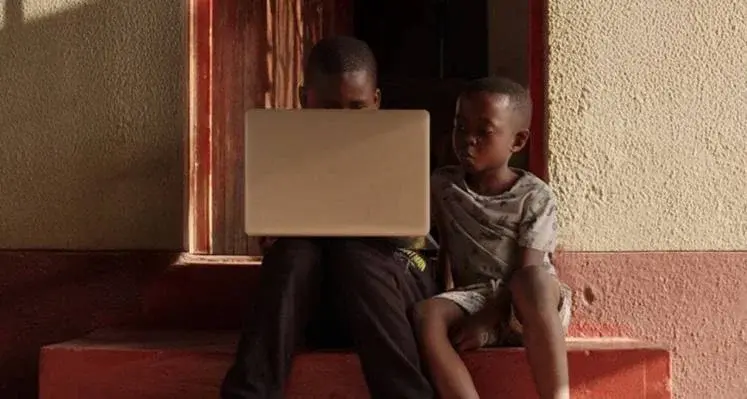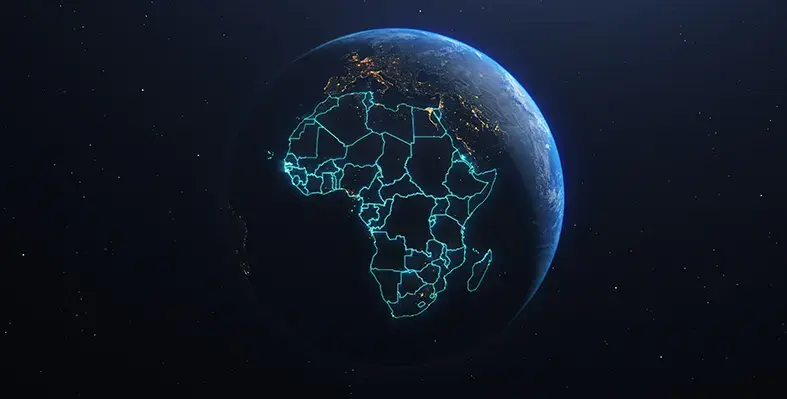Page 2 of 2An operator’s answer
In scenarios where the main mobile network cannot be fixed or does not exist, operators and infrastructure providers have come up with a number of solutions for rapid deployment that will establish and provide mobile communications for essential and priority users within a matter of minutes.
One such solution is the Vodafone Foundation’s Vodafone Instant Network (VIN). In co-operation with long-term NGO partners including Telecom Sans Frontiers (TSF), the UN’s World Food Programme (WFP) and the Emergency Telecommunications Cluster (ETC), the foundation’s VIN has been deployed in several DR missions around the world, including Africa. The VIN is an ultra-portable GSM network weighing less than 100kg, which fits into three cases and is transportable on commercial flights. As a result it is ideal for NGO personnel to transport direct to a crisis zone where it can be easily deployed and network communications established within 40 minutes.
In a major humanitarian drought relief effort in Kaikor, Northern Kenya in 2012 the VIN was deployed by the Kenya Red Cross in cooperation between Safaricom, Huawei and TSF. It provided 20 dedicated lines for Red Cross and NGO personnel who had to coordinate the provision of food and medical supplies within an affected community of 15,000 people, and five additional lines were allocated to local people so they could make contact using voice, SMS and data services with the outside world. During the deployment, which lasted 47 days, the VIN carried a total of 264,104 calls. More recently, the VIN has been deployed to the Yida refugee camp in South Sudan, sheltering more than 70,000 refugees, where it will be operated by the Vodafone Group’s mobile partner, Zain Group. The deployment includes handsets and free airtime to aid workers across the 3,000-acre refugee camp until the end of 2013.
Solutions from the vendor community
An emergency network that fits into a backpack is the EmergencyNET from Prisma Engineering of Italy. The company says that the system will enable first responders to restore cellular coverage in a matter of a few minutes to provide service for standard phones or smartphones where there is a total disruption of mobile services.
The solution is able to manage voice, SMS and data connections and is intended to provide a ‘plug-and-play’ portable back-up to the main mobile network, offering coverage for both aid and emergency workers as well as the wider community without priority. It enables rescuers to communicate with any mobile device by voice and SMS. Prisma says the temporary emergency networks, can intercept calls from victims to provide automatic info on emergency management of a specific rescue, and will send SMS alerts/updates such as “send an SMS with your name, current location, number of people involved to 133, will call you back to manage your rescue”.
EmergencyNET operates using battery packs – a single pack provides eight hours of operation - and has a standard output power up to +37dBm providing a coverage range of a few kilometers, although coverage can be adapted (in-factory) according to different deployment requirements. Users can access the network using SIM cards from any operator.
Another vendor offering a rapidly deployable GSM network is Irish company Mondicom, which offers a portable Quick Deployment Cellular (QDC) system based on technology from Rivada Networks of the US, to provide voice SMS and data to support users with standard unlocked cellular handsets. The systems are designed to deliver secure, seamless cellular communications coverage for use in remote or hazardous environments including those following a natural disaster, and be used by aid organisations or first responders for disaster relief and other humanitarian situations.
Each system can operate independently with a range in excess of 5km, but several systems can also be configured to operate as an integrated network. Multiple stand-alone systems can be interconnected by standard IP networking technology to create a global, private and highly secure GSM network. A centralized system can be set up as a gateway to allow aggregated access to a fixed-line network for inbound and outbound secure and clear calls. The portable QDC systems are optimised for satellite backhaul and, packaged in a carrying case, are capable of fitting in the overhead bin of most commercial aircraft, and can be easily carried and deployed by a single user. The system is available for use in 850 MHz, 900 MHz, 1800 MHz and 1900 MHz bands (3G is available in 2100 MHz), and supports both GPRS and EDGE data connectivity with data rates up to 220 kbps.
Another Irish company, SiRRAN Communications, offers a comprehensive and sophisticated range of rapidly deployable private cellular networks suited to disaster response applications. Its SiRRAN NET Series allows the creation of a range of self-contained, privately managed mobile networks based on GSM, 3G or LTE, which, the company claims, can be deployed by a single user in under 10 minutes. Their GSMnet, for example, is already in use to deliver critical communications for hurricane disaster relief in Florida with the National Guard and is suited to similar applications across Africa. Both portable and secure the GSMnet has a range of 6.3 km and can support more than 1,000 users. It’s powered from either mains (110-240VAC) or Li-Ion batteries in the event of a power outage.
The company has recently had its NETSeries GSM, 3G and LTE network technologies selected by Cobham SATCOM to power their new “EXPLORER Mobile Net” system, launched at London’s DSEI show in September. The Mobile Net provides an ultra-portable solution for instantly powering a coverage area of up to seven kilometres for mobile phones and smart devices within just a few minutes. The tactical single-case cellular network solution allows people to stay in touch under the most challenging and demanding conditions by providing instant local communications without backhaul. It is an ideal solution for crisis response and aid work following natural disasters.
SiRRAN’s NETSeries small cells smart edge software can accommodate hundreds of concurrent device registrations and up to 32 simultaneous user sessions, with full EPC and HLR databases at the edge for maximum operational efficiency, including self-contained use with no active backhaul. Within a single kit, Mobile Net operates up to two picocells simultaneously, plus Wi-Fi for maximum versatility. From a single kit, users may deploy one, or any two, of the supported cellular frequency options.
GSM options allow for the greatest range, and a simple connection to a BGAN or MSS (Mobile Satellite Services) terminal enables devices to interconnect for global roaming using just 128 Kbps of data. 3G and LTE solutions can provide higher throughput and video enabled solutions ranging from 1 to 75 Mbps, depending on availability of backhaul. Importantly, the system’s data throughput can be intelligently throttled back to ensure affordable transmission of key data over a wide area network, or optimized for full-service local network sharing of data and applications by teams on the ground.



